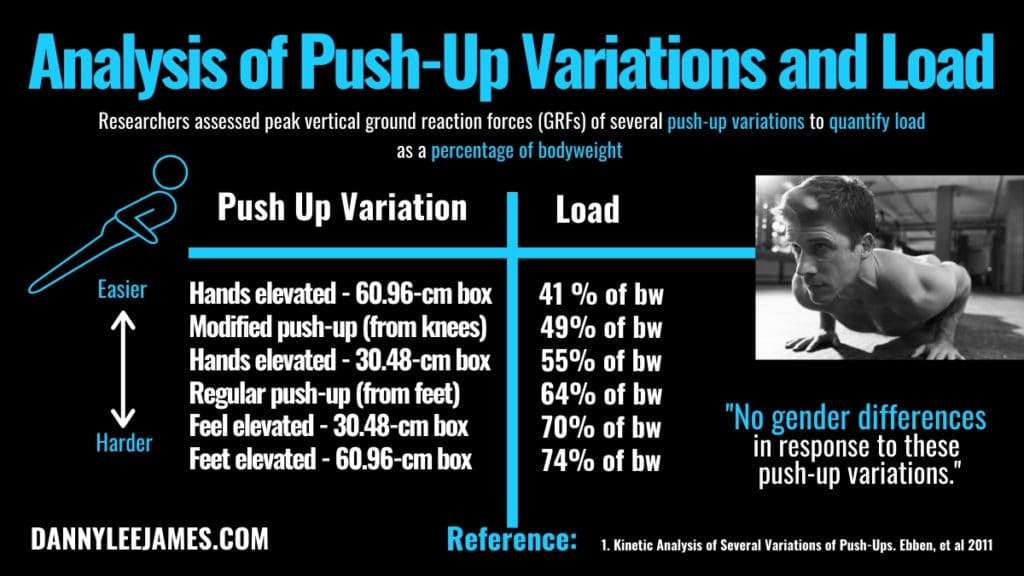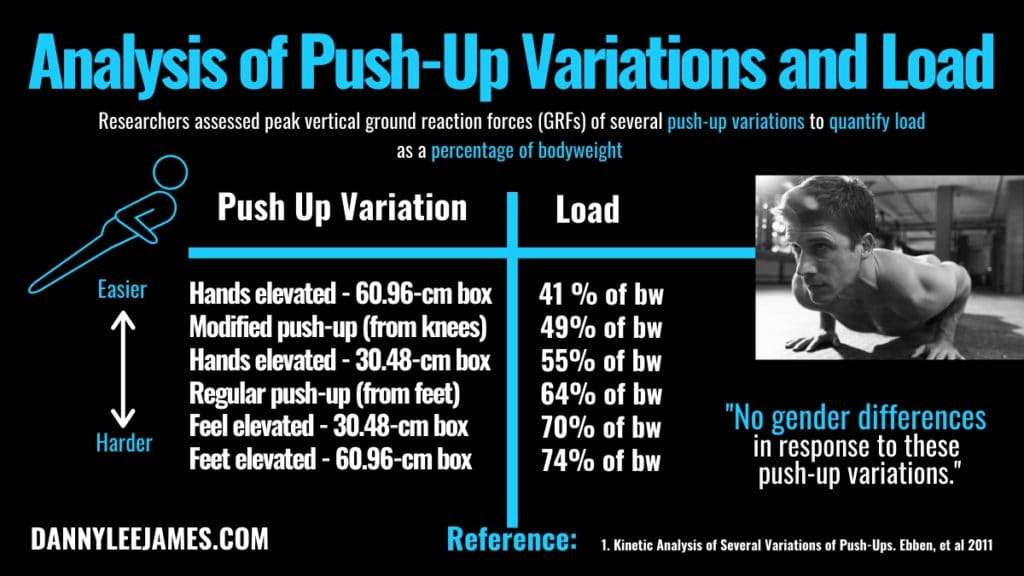Push-ups are a popular exercise for building upper body strength, but have you ever wondered how much of your body weight you’re actually lifting during this movement? In this article, we explore the fascinating science behind push-ups and reveal the surprising answer to this common question. Get ready to gain a deeper understanding of the mechanics of this classic exercise and discover just how much of an impact it can have on your fitness journey.
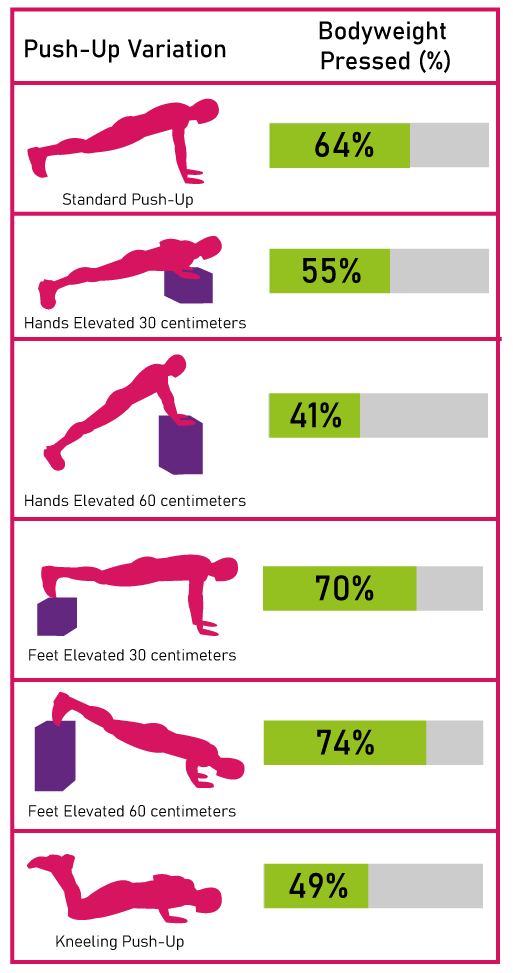
Muscles Engaged During a Push-Up
Chest Muscles
During a push-up, one of the primary muscle groups engaged is the chest muscles, specifically the pectoralis major and pectoralis minor. These muscles are responsible for the horizontal adduction of the arms, bringing them together in front of the body. As you lower your body towards the ground, the chest muscles lengthen and eccentrically contract. Then, as you push back up, the chest muscles concentrically contract, generating force to lift your bodyweight.
Shoulder Muscles
The shoulder muscles, including the deltoids and rotator cuff muscles, play a crucial role in stabilizing the shoulder joint during a push-up. They help control the movement of the arms as you lower and lift your body, as well as assist in the protraction and retraction of the shoulder blades. The deltoids provide additional power during the pushing phase of the exercise, contributing to the upward movement of the body.
Tricep Muscles
The triceps brachii muscles, located at the back of the upper arm, are heavily engaged during a push-up. They act as the primary extensors of the elbow joint, responsible for straightening the arm. As you lower your body, the triceps lengthen and work eccentrically to control the descent. During the upward motion, the triceps concentrically contract, providing the pushing force to lift your bodyweight.
Core Muscles
Engaging your core muscles is essential for maintaining proper form and stability throughout a push-up. The core muscles, including the rectus abdominis, obliques, and transverse abdominis, help keep your body aligned and prevent excessive sagging or arching of the back. By contracting these muscles, you create a strong foundation and enhance overall body control during the exercise.
Back Muscles
While the focus of a push-up may be on the chest and arms, the back muscles also play a significant role in the exercise. The muscles of the upper back, including the rhomboids, trapezius, and latissimus dorsi, assist in stabilizing the shoulder blades and maintaining proper posture. Additionally, the erector spinae muscles of the lower back work isometrically to provide support and prevent excessive spinal flexion or extension.
Distribution of Bodyweight during a Push-Up
Upper Body
During a push-up, the majority of the bodyweight is distributed across the upper body. As you lower yourself towards the ground, the load is primarily borne by the chest, shoulders, and triceps. These muscles work together to resist the force of gravity and control the descent. In the pushing phase, the upper body muscles actively contract to lift the body back up.
Lower Body
Although the lower body does not bear as much weight as the upper body during a push-up, it still plays a supportive role in maintaining stability. The legs, specifically the quadriceps and glutes, contract isometrically to provide a solid base and prevent excessive movement or swinging. Engaging the lower body muscles also promotes full-body tension and enhances overall body control during the exercise.
Calculating Bodyweight Lifted
Percentages of Bodyweight Lifted
To calculate the percentage of your bodyweight lifted during a push-up, you need to determine the weight distribution and the amount of load borne by the upper body. On average, approximately 70-75% of your total bodyweight is lifted during a standard push-up. However, this percentage can vary depending on individual body composition and strength levels. For example, individuals with a higher muscle mass may lift a greater percentage of their bodyweight.
Factors Affecting Bodyweight Lifted
Several factors can affect the amount of bodyweight lifted during a push-up. One such factor is bodyweight itself; individuals with a higher bodyweight will naturally lift a greater absolute load. Another influencing factor is muscle strength. As your chest, shoulder, and tricep muscles become stronger, you’ll be able to lift a higher percentage of your bodyweight. Additionally, grip width and stability can impact bodyweight lifted, with wider grips generally increasing the load on the upper body.
Variations of Push-Ups
Incline Push-Ups
Incline push-ups are a modification of the standard push-up that decreases the amount of bodyweight lifted. By placing your hands on an elevated surface, such as a bench or step, you reduce the load on the upper body muscles. This variation is beneficial for beginners or individuals with limited upper body strength, as it allows them to gradually build strength and progress towards a full push-up.
Decline Push-Ups
Contrary to incline push-ups, decline push-ups increase the amount of bodyweight lifted, making the exercise more challenging. By elevating your feet on an elevated surface while keeping your hands on the ground, you shift the weight distribution towards the upper body. This variation targets the chest, shoulders, and triceps more intensively and promotes greater muscle activation throughout the upper body.
Wide Grip Push-Ups
Wide grip push-ups involve placing your hands wider than shoulder-width apart. This variation puts additional emphasis on the chest muscles, specifically the outer portions. By increasing the distance between your hands, you engage the chest muscles more intensely, challenging them to work harder in controlling and lifting your bodyweight.
Diamond Push-Ups
Diamond push-ups, also known as close grip push-ups, require placing your hands in a diamond shape directly under your chest. This variation primarily targets the triceps, placing a higher load on these muscles. By bringing your hands closer together, you reduce the leverage and increase the demand on the triceps, making them work harder during the exercise.
One-Arm Push-Ups
One-arm push-ups are an advanced variation that significantly increases the difficulty and bodyweight lifted. This variation requires balancing the body on one arm while keeping the other arm close to the body or extended out for stability. One-arm push-ups require a high level of upper body strength, stability, and core engagement. They target the chest, shoulders, triceps, and core muscles, making it a challenging exercise for advanced athletes.
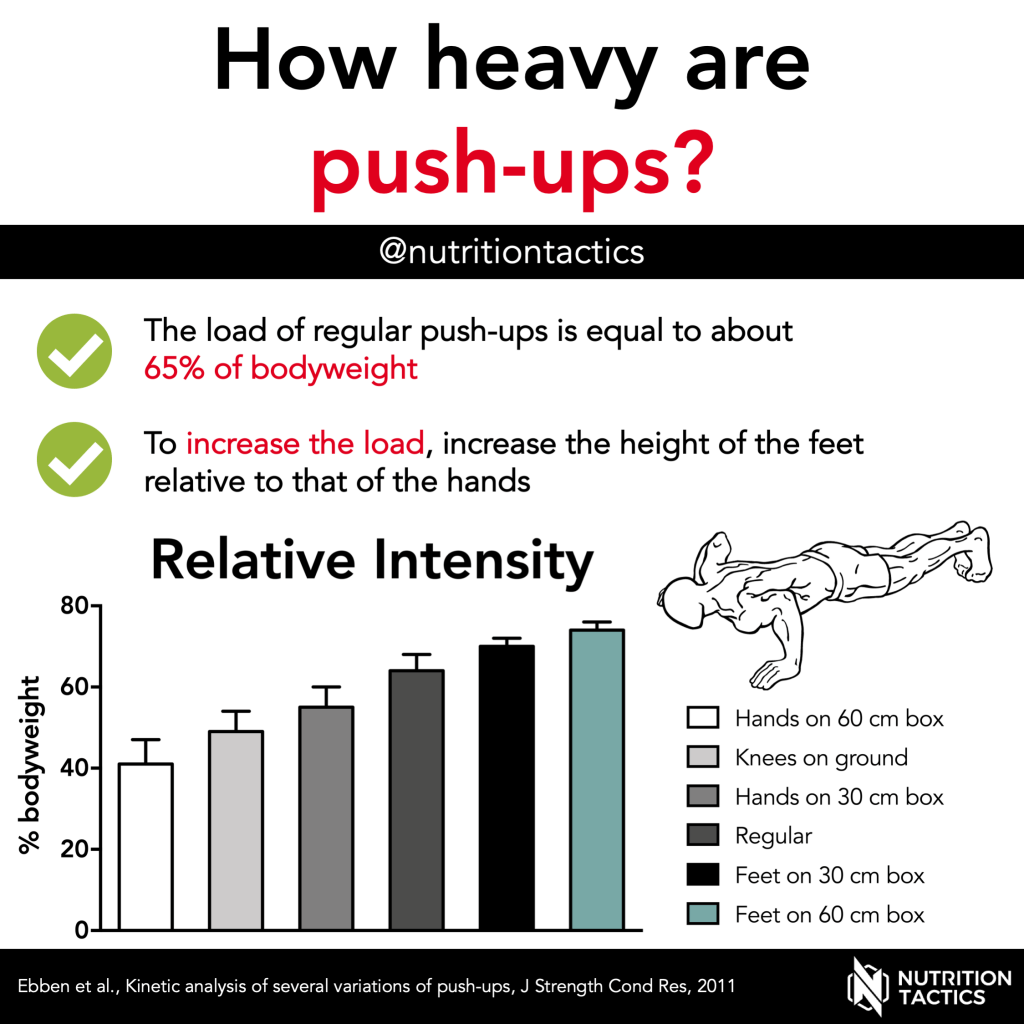
Improving Bodyweight Lifted in Push-Ups
Increasing Strength
To improve your ability to lift more bodyweight during push-ups, it’s crucial to focus on building overall upper body strength. Incorporate exercises that target the chest, shoulders, and triceps, such as bench presses, shoulder presses, and tricep dips. By gradually increasing the resistance and intensity of these exercises, you will develop the necessary strength to lift a greater percentage of your bodyweight during push-ups.
Perfecting Form
Having proper form and technique is essential for maximizing muscle engagement and lifting bodyweight efficiently. Ensure that your hands are shoulder-width apart, elbows are slightly tucked in, and your body forms a straight line from head to heels. Avoid sagging or arching your back, and maintain tension in your core throughout the exercise. By practicing proper form, you can effectively recruit the targeted muscles and increase the load lifted during push-ups.
Progressive Overload
Implementing progressive overload is a key principle for increasing the bodyweight lifted in push-ups. Gradually increase the difficulty of the exercise over time by either adding external resistance, such as a weighted vest or resistance bands, or by progressing to more advanced variations, such as decline push-ups or one-arm push-ups. By continually challenging your muscles, you force them to adapt and become stronger, allowing you to lift a higher percentage of your bodyweight.
Common Mistakes in Push-Up Technique
Flaring Elbows
One common mistake in push-up technique is allowing the elbows to flare out to the sides, rather than keeping them slightly tucked in towards the body. Flaring the elbows excessively can place unnecessary stress on the shoulder joints and decrease the engagement of the chest and tricep muscles. To ensure optimal muscle activation and minimize the risk of injury, focus on keeping the elbows at a 45-degree angle throughout the exercise.
Sinking Hips
Another common mistake is allowing the hips to sag towards the ground or lifting them too high, creating an excessive arch or sag in the lower back. This improper alignment reduces the engagement of the core muscles and can lead to increased stress on the lower back. To maintain proper form, concentrate on keeping a straight line from head to heels and engaging your core throughout the exercise.
Incomplete Range of Motion
Completing a full range of motion is crucial for maximizing muscle activation and strength gains in push-ups. Many people tend to perform shallow or partial push-ups, not lowering their bodies all the way down to the ground. By limiting the range of motion, you limit the engagement of the chest, shoulders, and triceps. Aim for a full range of motion, where your chest touches the ground at the bottom position, and fully extend your arms at the top position, ensuring maximum muscle activation.
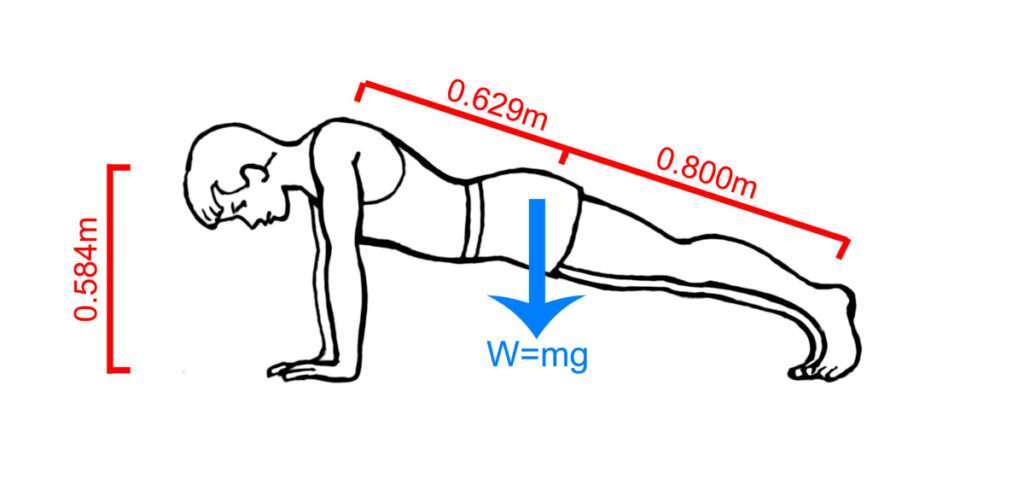
Push-Ups for Different Fitness Levels
Beginner Modifications
For individuals who are new to push-ups or have limited upper body strength, there are several modifications that can help build strength and improve technique. Incline push-ups, performed with your hands on an elevated surface, decrease the amount of bodyweight lifted and allow for a more manageable starting point. Additionally, knee push-ups, performed with your knees on the ground, reduce the load on the upper body muscles while still targeting the same muscle groups.
Intermediate Variations
Once you have gained proficiency in standard push-ups, you can progress to more challenging variations that increase the bodyweight lifted. Decline push-ups, performed with your feet elevated on an elevated surface, shift the load towards the upper body and increase the difficulty. You can also experiment with different hand placements, such as wide grip or diamond push-ups, to target specific muscle groups and continue to challenge yourself.
Advanced Challenges
For those seeking an advanced challenge and are comfortable with standard and modified push-up variations, one-arm push-ups provide an intense full-body workout. Balancing the body on a single arm requires exceptional upper body strength, stability, and core engagement. Additionally, plyometric push-ups, where you explosively push your body off the ground, can further increase the challenge and improve power and explosiveness in the upper body.
Importance of Correct Form and Technique
Reducing Injury Risk
Maintaining proper form and technique during push-ups is crucial for minimizing the risk of injury. Flaring the elbows excessively or allowing the back to sag can put undue stress on the shoulder joints and lower back, potentially leading to overuse injuries or strains. By focusing on proper alignment and engaging the correct muscles, you decrease the risk of injury and ensure a safe and effective workout.
Optimizing Muscle Activation
Correct form and technique promote optimal muscle activation, allowing you to effectively target the desired muscle groups during push-ups. By maintaining a straight line from head to heels, engaging your core, and using the correct hand and elbow position, you maximize the activation of the chest, shoulders, triceps, and core muscles. This ensures that you are getting the most out of every repetition and making efficient progress towards your strength and fitness goals.
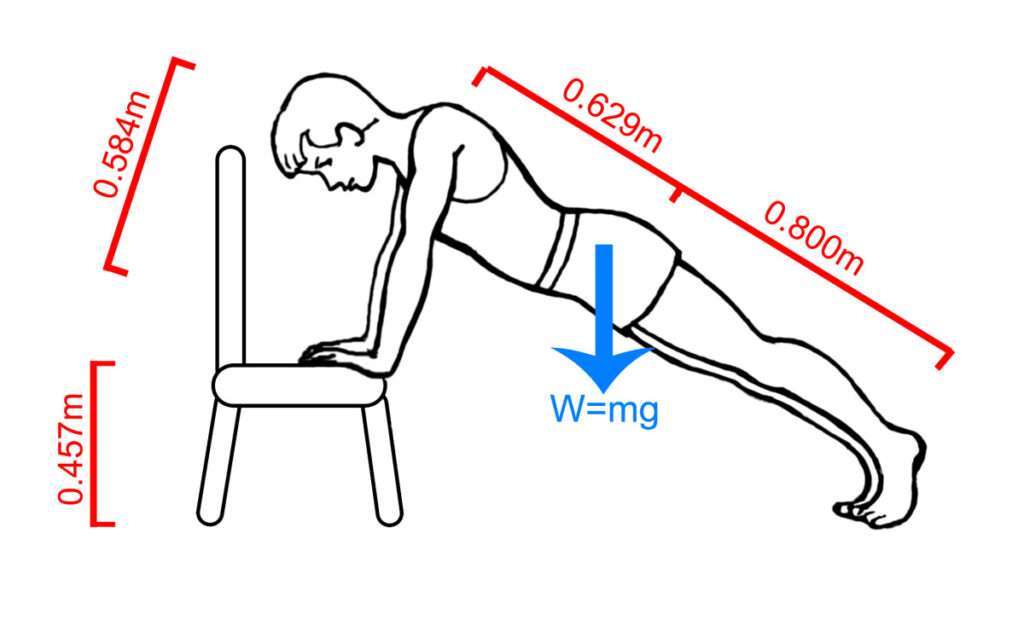
Other Factors Impacting Push-Up Difficulty
Arm Length
The length of your arms can impact the difficulty of push-ups. Individuals with shorter arms may have an easier time performing push-ups since the range of motion is reduced. On the other hand, those with longer arms may find push-ups more challenging, as they require a greater range of motion and may experience increased torque on the shoulder joints.
Body Proportions
Body proportions, such as torso length and limb length, can also influence the difficulty of push-ups. Individuals with longer torsos and shorter limbs may find push-ups more challenging due to increased leverage and potential instability. Conversely, individuals with shorter torsos and longer limbs may have an advantage in performing push-ups, as they may experience improved stability and a shorter range of motion.
Muscle Imbalances
Muscle imbalances can impact push-up performance and increase the risk of injury. If certain muscle groups, such as the chest or triceps, are significantly stronger than others, it can lead to compensations and poor form during push-ups. Addressing muscle imbalances through targeted strength training and stretching exercises can help improve push-up technique and overall performance.
Comparing Push-Ups to Other Exercises
Bench Press
The bench press is a popular compound exercise that primarily targets the chest, shoulders, and triceps, much like push-ups. However, there are some key differences between the two exercises. While the bench press allows for heavier loads to be lifted, it also requires the use of equipment, such as a barbell and weights. Push-ups, on the other hand, can be performed anywhere without any equipment, making them a versatile bodyweight exercise.
Dumbbell Press
Similar to the bench press, the dumbbell press targets the chest, shoulders, and triceps. It provides the advantage of an increased range of motion compared to the bench press and can help correct any strength imbalances between the left and right side of the body. Dumbbell press exercises can be a valuable addition to a workout routine, complementing the benefits of push-ups.
Chest Flys
Chest flys specifically target the pectoralis major muscles, providing a concentrated workout for the chest. Unlike push-ups or bench press exercises, chest flys isolate the chest muscles and primarily work on their concentric contraction. Incorporating chest flys into a strength training routine can help strengthen and develop the chest muscles in a different way than push-ups, providing variety and targeting specific areas.
